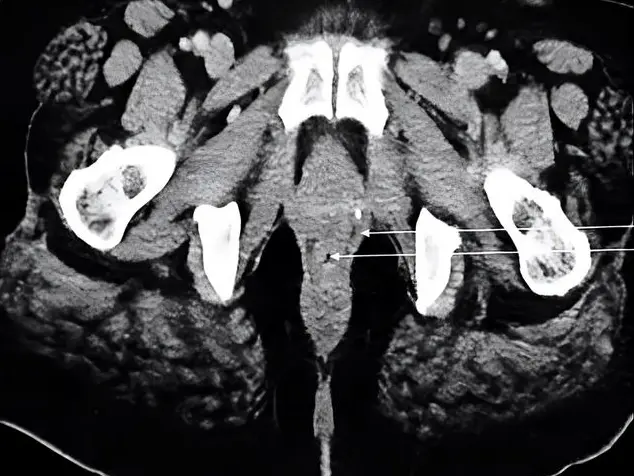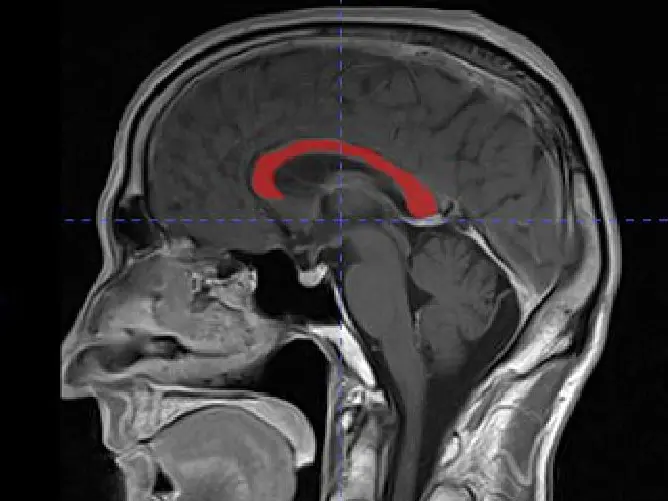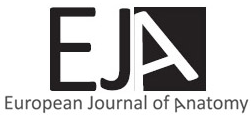Management of soft tissue loss around the posterior aspect of the elbow region is most challenging for clinicians, as it may require reconstructive methods for the better healing of wounds. One of the options for reconstructive surgery is local muscle rotational flaps by the flexor carpi ulnaris (FCU) and brachioradialis (BR). This study aimed to explore the morphometry and vascular anatomy of FCU and BR. Thirty formalin-embalmed cadaveric upper extremities (16 right and 14 left) were utilized for this study. The average length of the FCU muscle belly was 28.96 ±2.16 cm within a range of 24.3 to 32.5 cm, and the average length of the tendon was 10.05 ± 2.2 cm, with a range of 6.9 to 14.3 cm. The number of vascular pedicles for FCU was one in 5, two in 21, and three and four in 2 specimens respectively. All the pedicles arose from the ulnar artery. The average length of the BR muscle was 28.2 ±3.58 cm, with a range of 22.8 to 36.8 cm, and the average length of its tendon was 8.2 cm, with a range of 5.7 to 13.5 cm. In 90% of specimens, BR had only one vascular pedicle and in 10% there were two pedicles. These pedicles arose from the radial recurrent artery and the radial artery. Detailed morphometric and topographic anatomy of the vascular pedicles of FCU and BR are provided in this study, which can be considered the morphological database for the South Indian population.
Anatomic study of flexor carpi ulnaris and brachioradialis muscles and their implication in reconstructive surgeries
Sushma S. Mandala, Prameela M Dass, Mangala M. Pai, Rajanigandha Vadgaonkar, Rajalakshmi Rai, Murlimanju B.V., Lakshmisha Rao
Department of Anatomy, Kasturba Medical College, Mangalore, Manipal Academy of Higher Education, Manipal, Karnataka, India
SUMMARY
Eur. J. Anat.
, 28
(3):
275-
282
(2024)
ISSN 2340-311X (Online)
Sign up or Login
Related articles
Original article
Original article



